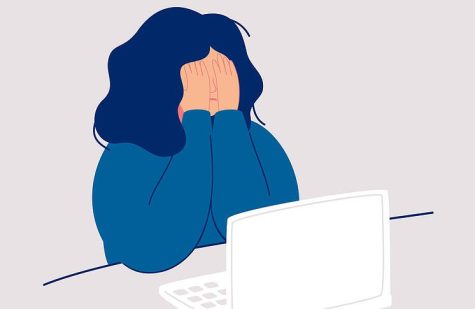How Long it Takes to Form New Habits

I Guess It Must Be True
I recently read an article on James Clear, written by James Clear. It provides readers with an informative look into how long it actually takes to form new habits. It covered the research done by plastic surgeons like Dr. Maxwell Maltz to see how long it took patients to get used to seeing their new faces— 21 days. Maltz then thought about his own habit adjustments and tests in different fields that also resulted in a minimum of a 21-day adjustment period. His theory was published in his book called Psycho-Cybernetics in the 60s and became “the truth” behind new habits. What is interesting is that recent research shows it takes more than two months for a behavior to become automatic, not 21 days. People believed in the 21-day myth because it was both easy to understand, and as the article mentioned “inspiring” due to the short time frame. This gives an incredible amount of power to myths society spreads because enough people say it is true.
Dr. Maltz’s work was taken as “scientific gospel” for decades in fields like self-help books. This 21-day period became very attractive to people who wanted to change who they were. Society is responsible for spreading the soundness of Maltz’s hypothesis, which he never meant to be taken so far. He made observations, never expecting them to become the way of the world.
Philippa Lally led a recent research team, studying the habit adjustment periods of 96 people over a 12-week period. Each participant chose a different habit, varying in degrees of difficulty. What Lally’s psychology team discovered was in contrast with Dr. Maltz’s precious observations. It was found that it took more than 2 months for any new habits to become automatic. The 96 habits required an 18 to 254-day accommodation period.
This newer research prompted the question of if enough people say something enough times, does it make it true. Not only that, but why is it so many people choose to believe things they hear, having no proof of its reliability. They put their faith in concepts enough people have put their faith in. This leads to the spreading of false knowledge and a lack of reason in how we decipher our own beliefs. People will believe what they want, trusting both their intuition and that of those around them to a fault.
James Clear’s article went on to discuss the reality of readers forming new habits and how long it will take them. What I find more fascinating is why Clear didn’t feel compelled enough himself to talk about why the world trusted Dr. Maltz’s research as if it was life or death to begin with.Although I too have trusted something to be true because enough people say so, I have learned to think more about how I justify knowledge. To a certain extent we have to consider what those around us believe, but we cannot put total faith in everything we are told. Even scientific experiments can produce false results when they don’t take into account a bigger picture. This suggests that our perspectives can be shaped by surrounding beliefs, something we need to be aware of when these beliefs stem from research that does not capture the whole picture.
More information regarding Dr. Maltz’s and Lally’s research can be found at the following web address… https://jamesclear.com/new-habit









